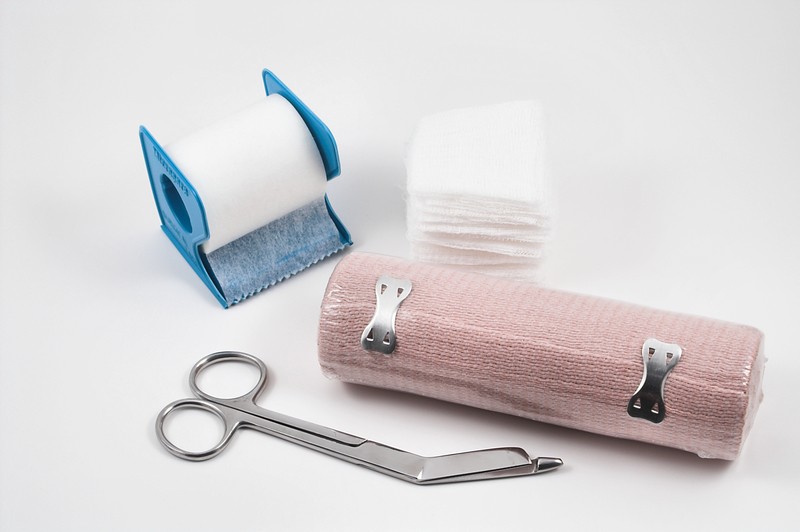Understanding the basics of “bleeding out” is key to knowing how to approach and treat traumatic, bleeding injuries.
The heart keeps pumping throughout most injuries, which means the natural seepage of a wound is heightened and that means you have minutes to assess and treat the bleeding; here are some basics.
1. If Possible, Raise the Injured Body Part Above the Heart – Gravity will stop the blood from flowing so quickly.
2. Put Pressure on the Wound – Blood will not clot until it stops flowing. The best thing to use is gauze as it helps blood stick together. But if none is available, use a thick cloth. If the blood soaks through, add another layer. Keep the pressure on for at least 15 minutes, though sometimes it may take as long as an hour.
3. Use Pressure Points – These are areas where blood vessels are close to the surface. If you press here, blood flow will be slowed. Be certain the point is somewhere between the wound and the heart, otherwise it will have no effect. Common pressure points: between the shoulder and elbow, behind the knee, groin area along the bikini line.
4. Use a Tourniquet – This should be a last resort as it is somewhat dangerous, but if you must, use a tourniquet. Tie the tourniquet between the wound and the heart, several inches above the wound. Use a simple square knot, like tying shoes without a bow. Push a stick through the knot and twist to tighten. Loosen the tourniquet every half hour or so to see if it is still needed.
Knowing how to treat traumatic injury, especially those bleeding profusely will allow you to ensure that the person you are treating has a chance of surviving.
When faced with a serious, bleeding injury there is no moment to spare and if you do not know how to treat it, that person likely will die.
To learn more about treating traumatic injuries, please visit The Urban Survival Site.

In many communities, there are places that provide free training on dealing with life-threatening injury. I would encourage everyone reading this to find a place and take the course at least once a year to stay fresh on procedures. Start with the fire department, then boy scouts, then the library. You can find one if you look.
Sadly. In most countries it’s not free. However, you get what you pay for. Find one run by paramedics and not doctors.